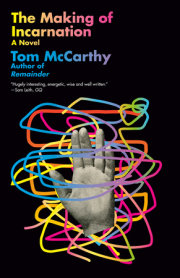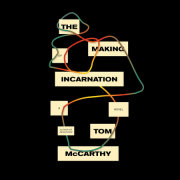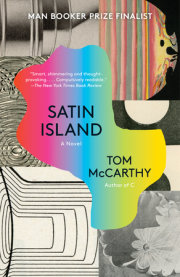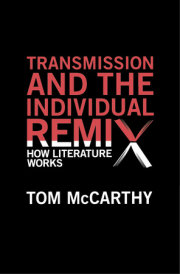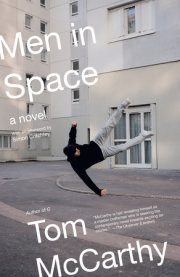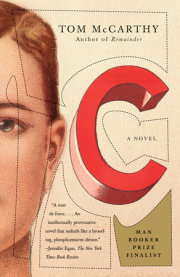2
DISTANCE CREASED
The first thing disgorged by File C16 of the Institute for Industrial Psychology’s archive once its binding ribbon has been loosened—the first object to slide from the card folder and lie face-up on Monica Dean’s allotted table here in LSE’s bright library—is a photograph of women working among tall plants. They’re reaching, holding shears up, cutting fruit, which, bending, they deposit in large baskets. The plants (hops or giant runner beans) are tied to poles and laid out in neat rows, beyond which other poles, still taller, hold a net in place around the whole enclosure, sculpting its mesh pattern into sags and apexes, like ones you get in circus tents or radio cages. On the photo’s reverse side there’s a handwritten caption: Agricultural labourers, England, 1882.
The file’s next photograph shows women feeding cotton into machines that scutch, willow and gather it on spools which, arranged in a ring, themselves feed a larger, central twist spool. In the next picture—same year, 1889—this twist spool, or one like it, has in turn become a spinning chorus girl alongside scores of others: circled layers of spools stacked in a tower that looms above the solitary woman tending to the doubling winder, threading its central bobbin, making sure each fibrous tendril’s tautened to the correct stretch and temper. For a second, this operator (faceless, since her back is to the camera, hence to Dean) takes on the look of a performer, mastering a harp or piano. This impression quickly passes, though. Her posture has nothing commanding about it: bowed head, outstretched arm and crooked back seem held by the cords, not the other way round governed by them, like the limbs and torso of an old marionette.
Each file has the same type of ribbon round it, pink. They make them look like gifts, like chocolate boxes, perfume cases or the briefs that Dean’s used to preparing for D&G’s barristers. If there’s a ritual element to legal procedure, there’s one also to these holdings’ presentation to her: how the wooden elevator bears them up from hidden stacks; the slow glide of the archivist from the dispensing station through the waist-high turnstile separating restricted and (by prior appointment) public zones; the way Dean has to don white gloves to handle them . . . Then image after image of these century-and-a-half-old people planted in rows, on floors, in trestles. Most of them, buried in their tasks, seem unaware they’re being recorded; occasionally, one will look back at the camera in a manner that seems neither defiant nor inquisitive, but just resigned: one more piece of equipment...
Here’s a line of women on high stools beside a workbench, peering through stand clamped magnifying lenses at cogs and gears they’ve picked at random from a belt that trundles by in front of them. It’s more recent: 1925, a caption, typed this time, informs her . . . By increasing stool distance from bench to 18 inches, shadow on working point eliminated. Strain reduced by 5% through consequent adjustment in arm-angle . . . There are more like this in the next file: women at benches, tables, spindles; belts and cables all around them—horizontal, vertical, aslant; wire, rollers, wheels, and hooks. There are men, too, stranding, vulcanizing, cooking, pressurizing, insulating, braiding; reeling lengths of cable on huge turntables that, like the cotton feeders’ spools, feed onwards, up to huger wheels; working with iron, rubber, lead. They’re making bridge-parts, painting cookers . . . 25% of painting time saved by introduction of flat for round brush having wider spread . . . They’re fitting diodes into speakers and assembling batteries; assembling hoovers, fridges, tractors; molding golf balls, aeroplane tires, rubber gloves they quality control by slipping on to cast-iron testing hands that run in a saluting guard-of-honor line above the conveyor (also rubber); truing bicycle wheels by turning them in automated stands whose mechanisms are driven by belts wrapped around more bicycle wheels...
Here’s a strange one: female workers at a hairbrush factory, perched beside buffers. They’re taking almost completed brushes from wheel-mounted bins that sit just to the left of each of them and holding these up to their buffers (set into the workspace’s back wall at the same, regular interval as the workers: twenty women, twenty buffers)—which, Dean deduces from both the blurred texture of the buffers’ surface and the scene’s implied mechanics, must be spinning: the women are distress- texturing the reverse-side of each hairbrush’s head, thereby preparing it to double as a clothes brush. Attached to the photo is a sheet of text that’s typed, but not directly: there’s no dent or imprint in the paper, and the lettering, faint and purple, suggests an early form of photostatting—incorrectly executed, since the text’s column has been sliced right down the middle, its left-hand portion censored or redacted:
ed the buffer to sit comfortably at
s were adjustable in height and distance
creased by 12%
Dean holds the sheet up, draws photo and caption closer to her, then extends her arm again. It makes no difference: the women keep their backs turned, and continue plying their buffers. Their own hair is covered by cloth hats, from beneath which the odd wisp snakes out to curl across a cheek. Phantom images, sediment left in Dean’s mind by childhood bookshelves full of harems, handmaidens and vestals, hover about the picture, transforming these drab factory girls into ladies-in-waiting tending to an empress, combing and recombing untwined tresses, chaste and decorous through afternoons in the royal bedchamber, an enclave closed off from the world of men, of time, soft music drifting in from neighboring rooms, from halls and ballrooms, foyers, cabinets, saloons...
She’s been holding this buffer photo for a while now. Why? Not sure. What does it tell her? Nothing. On, then: she has work to do. She has instructions.
Copyright © 2021 by Tom McCarthy. All rights reserved. No part of this excerpt may be reproduced or reprinted without permission in writing from the publisher.



